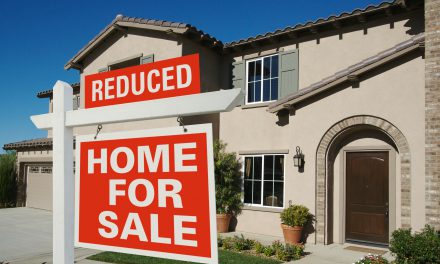Net-zero energy — when a building produces as much energy as it consumes — used to be science fiction. Here in California, it’s about to get real.
The California Energy Commission (CEC) — California’s primary energy policy and planning agency — recently adopted new energy standards for homes built beginning in 2020.
The CEC worked with the California Building Industry Association over 18 months to spell out the new standards. What they came up with will help new homes use over 50% less energy than homes built under the old standards adopted in 2016.
The new standards for residential homes and multi-family buildings of three-stories or less built beginning January 1, 2020 are:
- installing smart solar systems on rooftops (excepting some properties where shade makes this choice inappropriate);
- installing smart battery storage and heat pump systems that allow the home to store energy produced during off-peak periods;
- improving indoor air quality with high-efficiency air filters; and
- tightening the building envelope, including stronger insulation in attics, walls and windows.
For nonresidential buildings built beginning January 1, 2020, the new standards are:
- improving indoor air quality with high-efficiency air filters;
- installing LED lighting;
- installing motion sensors in bathrooms for lights; and
- requiring new healthcare facilities to adopt energy-efficient, nonresidential building standards (they were previously exempt).
The cost? The CEC estimates the new standards will increase the purchase price of new homes by about $9,500. For homeowners, this translates to $40 more a month due to a higher purchase price. But these costs will be offset by the average energy savings of $80 a month.
The negatives of net-zero
Currently, only 15% of new homes are built with solar included, according to Vox. If residential solar was such an obvious way for homeowners to reduce energy costs and save money, why aren’t more already doing so?
The truth is, residential solar isn’t always the best way to save on energy costs. The main reason is simply that solar is so expensive to install, requiring a huge upfront investment that rarely pays off as homeowners simply don’t stay in the home long enough to recoup their investment.
Further, at a higher level, California utilities are poorly equipped to deal with the high number of solar panels already in place.
Already, new homes with “solar included” can be a burden on homebuyers, as it usually means the solar panels are leased from a contractor like Solar City or SunPower. This makes it harder for the homebuyer to sell later due to the solar lien created by the lease contract.
Related article:
San Francisco already requires new builds to include solar panels. But they have encountered another obstacle — finding builders willing to comply with the strict rules. It’s possible these energy-saving building regulations will slow construction across the state as builders grapple with extra steps and higher upfront costs.
The hope is the construction and energy industries will have enough time to prepare before 2020 and the new era of solar arrives. Otherwise, California’s already struggling construction industry will fail to keep up with rising demand for new homes.
Related article:















$9,500 for smart solar and battery systems?????
So California has an affordable housing crisis and they decide to pass regulations which makes housing MORE expensive? Nice work!
Hi Carrie, there are a few really important portions in your article I would like to correct. First, the upcoming 2019 Title 24 Energy Code in California–going into effect 1/1/20–will NOT be a “Zero Net Energy” code. However, you are correct in stating that it will require solar. The difference is that the level of energy efficiency and amount of solar required under this new code will not be enough to achieve ZNE. Instead, it will be enough for homes to have the potential to achieve Zero Net *Electric*, which means gas use in the home is disregarded. A Zero Net Electric home factors in all energy use.
Second, there are a lot of misconceptions and inaccurate information spreading about solar leases. Not all solar leases are alike, just like not all home loans are alike. The Tesla Zero Down Lease my company, De Young Properties, includes with every home we build (100+/yr) does NOT put a lien or encumbrance on the home. In fact, it explicitly states this in the lease contract. Further, there is no downpayment needed, the lease rate is priced below the lowest level of utility electricity rates, and it is locked in for 20 years! Long story short, it doesn’t cost us as the builder a dime (in fact, we make money by including this on our homes) and our homebuyers are saving money on energy costs. It’s a no-brainer. We also offer a purchase if any customers prefer to own the system. Giving options is important, but it’s important to be open-minded about solar leases. A strong majority of our buyers stick with the lease once they meet with the Tesla representative and learn the details.
Always happy to discuss further if you’re interested. You may also want to check out our community EnVision, which is California’s largest Zero Energy community (www.deyoungproperties.com/envision).
Oops, meant to say “A Zero Net Energy home factors in *all* energy use.” as the last sentence of the first paragraph.